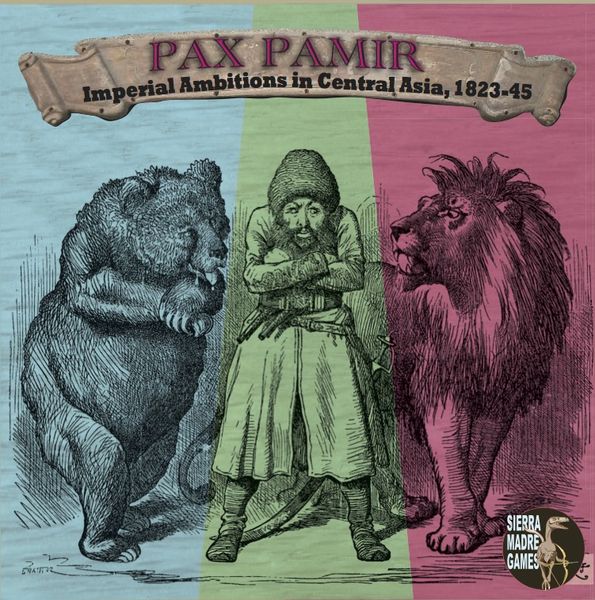Pax Pamir (2015) Board Game
Pax Pamir is a board game that was released in 2015 and designed by Sir John Tenniel and Cole Wehrle. It is set in 19th century Afghanistan and Central Asia, during the time of the Great Game, a period of political and diplomatic tension between the British Empire and the Russian Empire. Players take on the roles of Afghan tribal leaders, vying for power and influence in the region.
Game Components of Pax Pamir
How To Setup Pax Pamir
Setting up Pax Pamir involves preparing the map of Central Asia, shuffling and arranging the market cards, and distributing initial coins and cards to each player. Each player starts with an equal amount of capital and power. The market is set up with cards in six columns, each column representing different costs and types of cards.
Gameplay Mechanics and Game Objective
Player Experience
Playing Pax Pamir is a complex and dynamic experience. Players must balance building their own power base with aligning with and potentially betraying coalitions. The game requires strategic thinking, as players need to adapt quickly to changing circumstances and make opportunistic decisions. Each game session tells a unique tale, with intense rounds and no random elements or dice for conflict resolution.
Pros
Cons
Personal Thoughts on Pax Pamir
Pax Pamir is for players who enjoy complex strategy games with a strong historical context. It is ideal for those who appreciate tableau building, area control, and political maneuvering. The game rewards players who can adapt quickly and make opportunistic decisions, making it a great fit for experienced gamers looking for a challenging and immersive experience. However, it may not be the best choice for casual gamers or those new to complex board games due to its steep learning curve and lengthy game sessions.
We are supported by our audience. When you purchase through links on our site, we may earn an affiliate commission, at no extra cost for you. Learn more.

